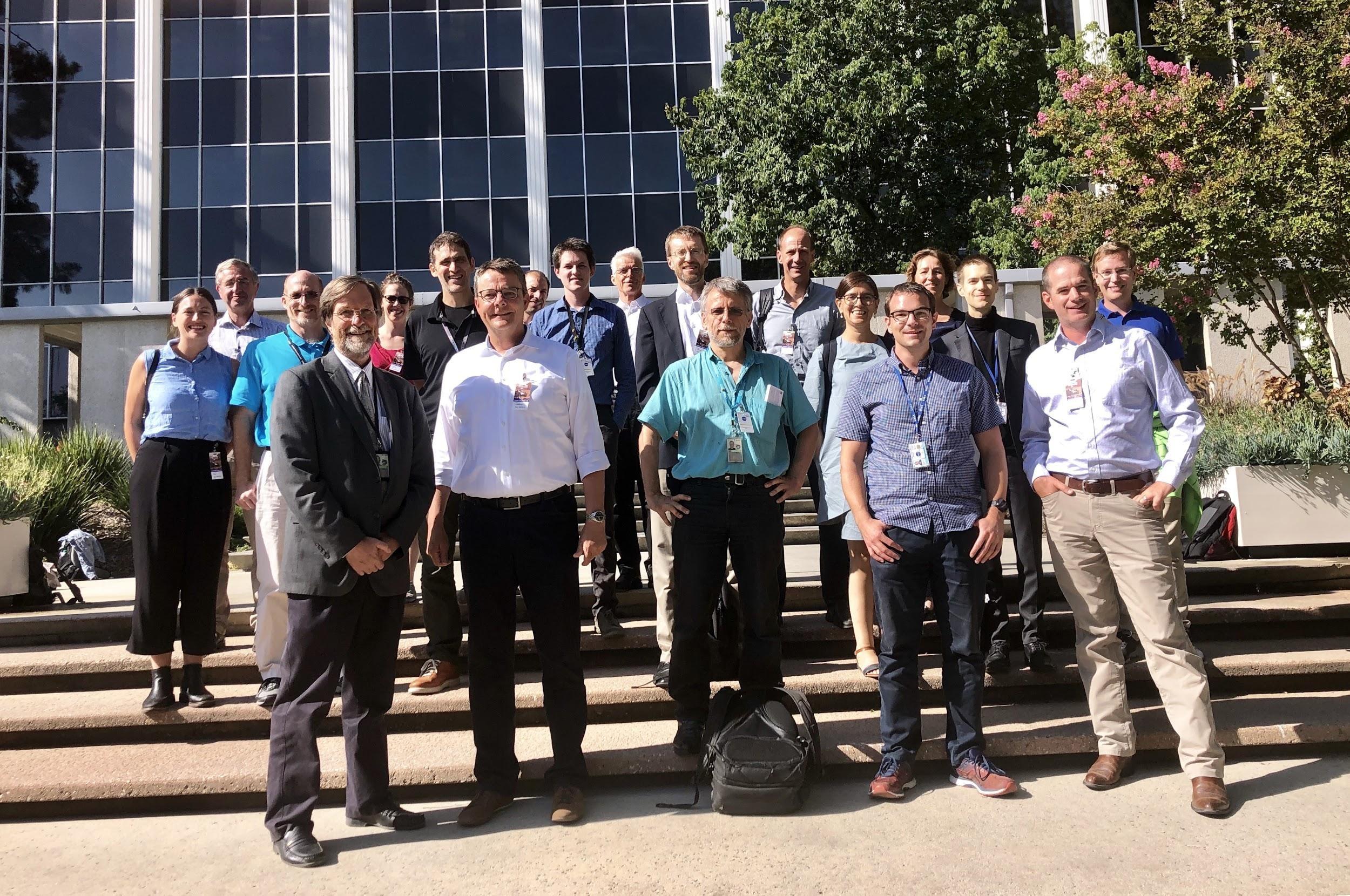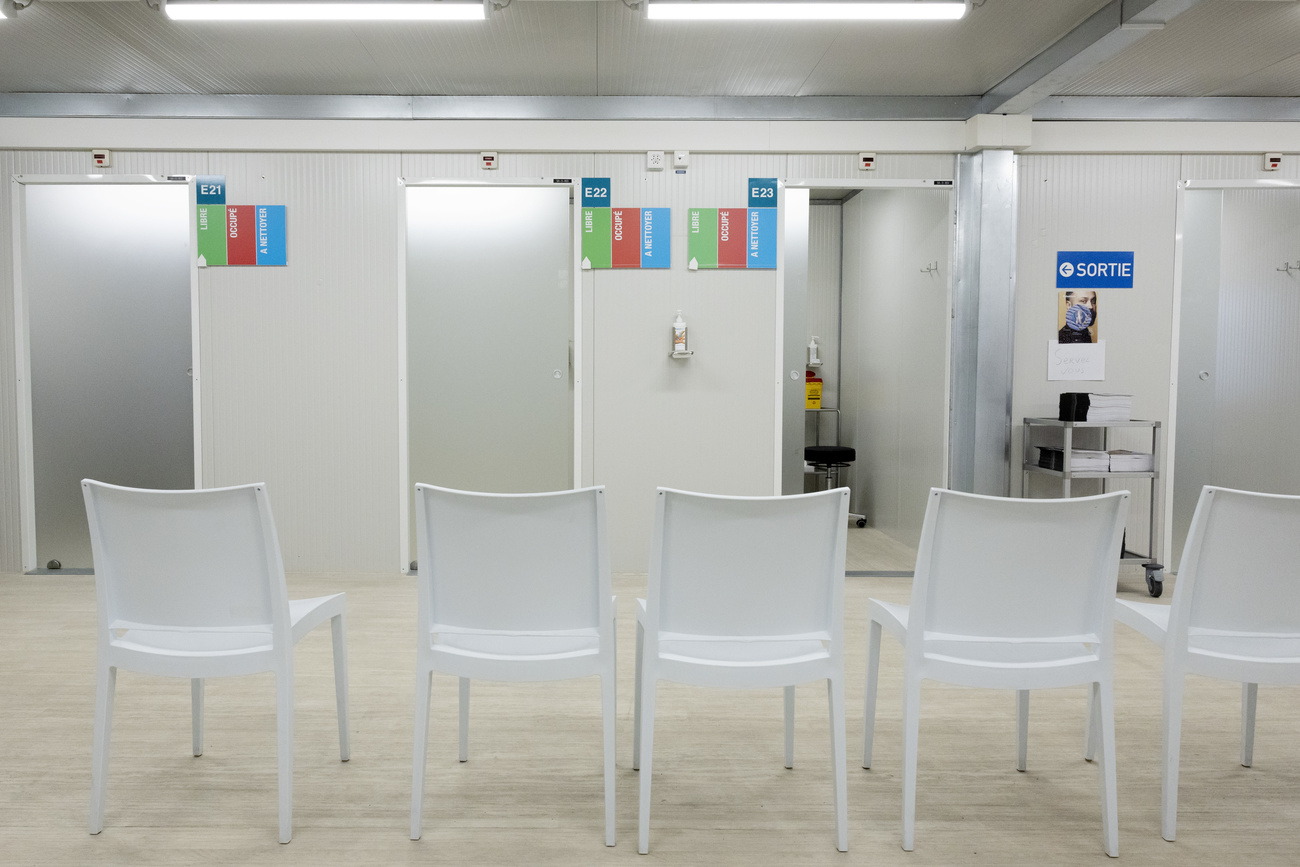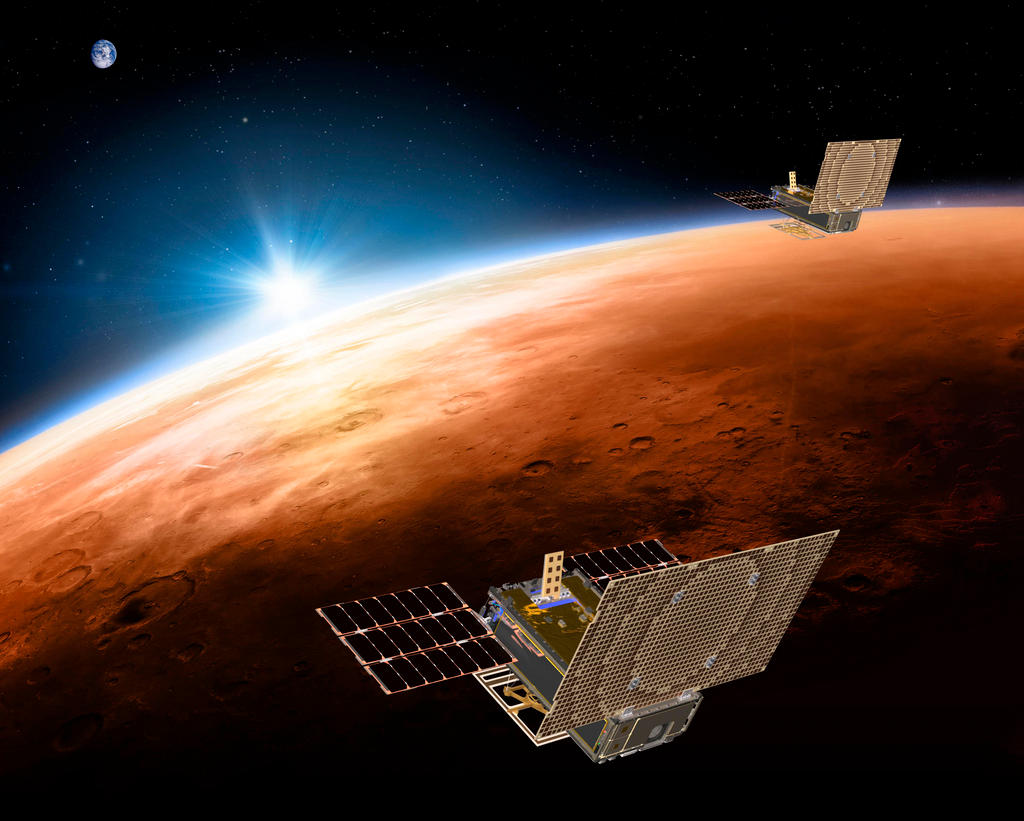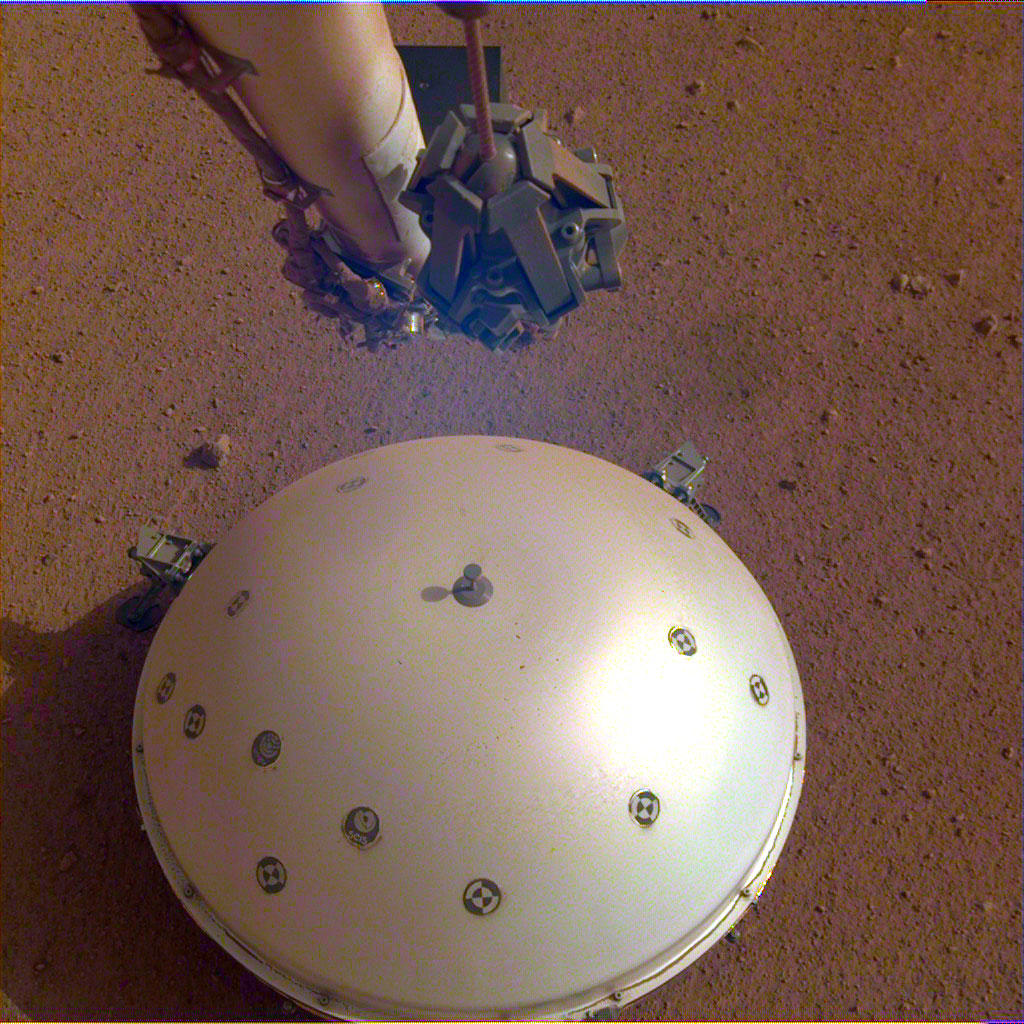
To space and back again: mapping Earth to save it
Perrine Huber of swissnex San Francisco explains how a collaboration between NASA in California and the University of Zurich will help scientists better understand how the Earth and its climate are changing.
As technical and scientific advancements take us deeper into the universe, researchers from the University of ZurichExternal link and NASA Jet Propulsion LaboratoryExternal link, are using the latest innovations to look back to Earth to find answers to the biggest challenges facing us today.
People like Michael Schaepman dedicate their lives to understanding more about our changing planet in the age of a global climate crisis with extreme droughts, rising sea levels, and coral reef destruction threatening our future on Earth. He’s a professor of Remote Sensing at the Institute of Geography at the University of ZurichExternal link and Head of Research in Global Change and Biodiversity.
Swiss science at NASA’s Jet Propulsion Laboratory in California
For two days, I accompanied Schaepman and a visiting group from Switzerland at NASA’s Jet Propulsion Laboratory (JPL) in Pasadena, California. The visit was meant to kick off a new collaboration to further develop and map Earth’s biodiversity from above by building a new imaging spectrometer sensor head. It’s part of the ARESExternal link project (the Airborne Research Facility for the Earth System), an integrated research infrastructure to measure terrestrial processes on Earth at a regional scale.
The project represents a step towards “new scientific frontiers in mapping and explaining key processes” on Earth, says Schaepman. For the last decade, he has collaborated with NASA’s JPL and is the Principal Investigator (PI) of ARES and the scientific PI of the APEX airborne imaging spectrometer.
This collaboration will allow scientists to use airborne instrumentation to map three components of the Earth System:
● The biosphere – the global ecological system integrating all living beings and their relationships
● The lithosphere – the outer layer of the Earth, including the crust and uppermost mantle, and
● The cryosphere – the frozen parts of Earth’s surface such as sea ice, snow cover, glaciers, ice caps, etc.

The overarching question the scientists are trying to answer is how pollution, resource exploitation, climate change and other global drivers impact the Earth’s system in order to better predict and ultimately forecast how and why our world is changing. The University of Zurich is specifically interested in assessing the feedback mechanisms of biodiversity and climate change. Other Swiss scientists from the Federal Institutes of Technology ETH and EPFL, Swiss Federal Institutes of Aquatic Science, Materials Science and Technology (Eawag and Empa), the Universities of Lausanne and Fribourg as well as the ICES Foundation are also team members and will use the data to answer key questions in their research. The infrastructure, however, is accessible to all interested scientists nationally and internationally.
Creating new views of Earth
According to Schaepman, there are only a handful of industries globally that are capable of building imaging spectrometers, so it’s a unique opportunity for the University of Zurich and NASA JPL to be able to join forces to build high-fidelity instruments to create new views of the Earth.
Building the instrument, which has already started, will take around two years.
“NASA JPL will build the optical head which includes the detector, a cooling mechanism for the detector, all the optics, the readout electronics as well as a housing built around all those pieces,” says Schaepman. The University of Zurich will then build all the electronic parts (navigation, position, attitude sensors, flight planning, flight management, storage, power supply, main computer to manage all electronic parts, etc.) as well as the integration of further instruments (such as a high-resolution camera, an airborne laser scanner, etc.) into the system, he explains. It continues Switzerland’s tradition as what Schaepman calls “a nation of space research”.
“Since the very early days, Switzerland has contributed key technology, analysis and results to all aspects of space research…which includes Earth observation, manned space flight, launchers, space science, and more,” he says.
Ultimately, through this collaboration, Schaepman hopes to achieve “a breakthrough in measuring global biodiversity,” to understand how things are changing and why.
Transcending disciplines, institutions and borders
Schaepman notes the importance of such a collaboration that transcends borders and research institutions. “Predicting environmental change requires a holistic approach to the Earth system,” he says. “A successful implementation of such an approach requires the combination of top experts in a team that is willing to think for the whole, and not only the individual parts.”

At an event recently held by swissnex San FranciscoExternal link (Switzerland’s science and innovation outpost) to celebrate the 50th anniversary of the moon landing and to discuss the future of space exploration and research, Dr. Eugene Tu, center director of the NASA Ames Research Center, explained the importance of such international collaborations.
“Because of the goals that we have for space exploration, it really is beyond the resources of any one nation to try to put together the know-how, both in terms of finances, and resources, but also the intellectual capital,” he said. “I think international collaborations now are incredibly important in how we will do future exploration.”
Perrine Huber is the head of brand & communication for swissnex San FranciscoExternal link.
Swissnex is a global network that collaborates with a broad spectrum of partners related to international research and innovation (such as higher education and research institutions), and supports them in their outreach and active engagement in the global exchange of knowledge, ideas and talent. swissnex’s San Francisco’s mission is to connect Switzerland and the US West coast in the ares of education, research, and innovation.The swissnex networkExternal link is an initiative of the State Secretariat for Education, Research and Innovation (SERI) and is part of Switzerland’s network abroad managed by the foreign ministry. The activities of the swissnex network are based on a collaborative approach, relying on public and private partnerships and funding.

In compliance with the JTI standards
More: SWI swissinfo.ch certified by the Journalism Trust Initiative










































You can find an overview of ongoing debates with our journalists here . Please join us!
If you want to start a conversation about a topic raised in this article or want to report factual errors, email us at english@swissinfo.ch.